Tips & Tricks: Smooth Encaustic Surfaces
Even if you love texture, learning how to create an smooth, bubble-free surface is foundational to many techniques. It will also help you understand how encaustic is affected by heat. Follow the steps below to improve your surfaces.
Step One: Warm your panel. This can be done by briefly placing your panel onto a clean heated palette (face down), or with a heat gun. Pay special attention to make sure you've warmed the entire surface. Having an airtight support such as Ampersand Encausticbord helps prevent bubbles, as the high density of the board and even coating of encaustic gesso prevents air from rising from your support.
Step Two: As you apply the paint try not to overlap your brushstrokes as this will create ridges.
Step Three: After you've brushed on the layer, fuse until surface goes from matte to shiny. If there are still bubbles, continue fusing lightly. Do not over fuse. If you find there are still bubbles over-fusing can make the bubbles worse as you may be heating all the way back down to the substrate.
Artist Dietlind Vander Schaaf explains how she creates smooth "bubble free" encaustic surfaces.
"My trick for dealing with wood panels that produce a lot of bubbles is to build up five to ten layers of encaustic medium (fusing between each layer) and then allow the panel to cool completely. Once the painting has cooled and hardened, I fuse just the top layer or two. This closes the bubbles and you aren't continuing to pull air back up from the substrate.
Another thing to consider is that bubbles can sometimes form because of air trapped in the wax and lightly fusing from an angle can help.
Once you have an understanding of how to remove air bubbles, you may consider that a few bubbles here or there aren't not a big deal. They can add interest when filled in with Pigment Stick® as a final surface coat."

